29 September 2017
Pera Museum, in collaboration with Istanbul Foundation for Culture and Arts (İKSV), is one of the main venues for this year’s 15th Istanbul Biennial from 16 September to 12 November 2017.
Through the biennial, we will be sharing detailed information about the artists and the artworks. Alejandro Almanza Pereda’s artwork will put you under a spell the moment you see it!
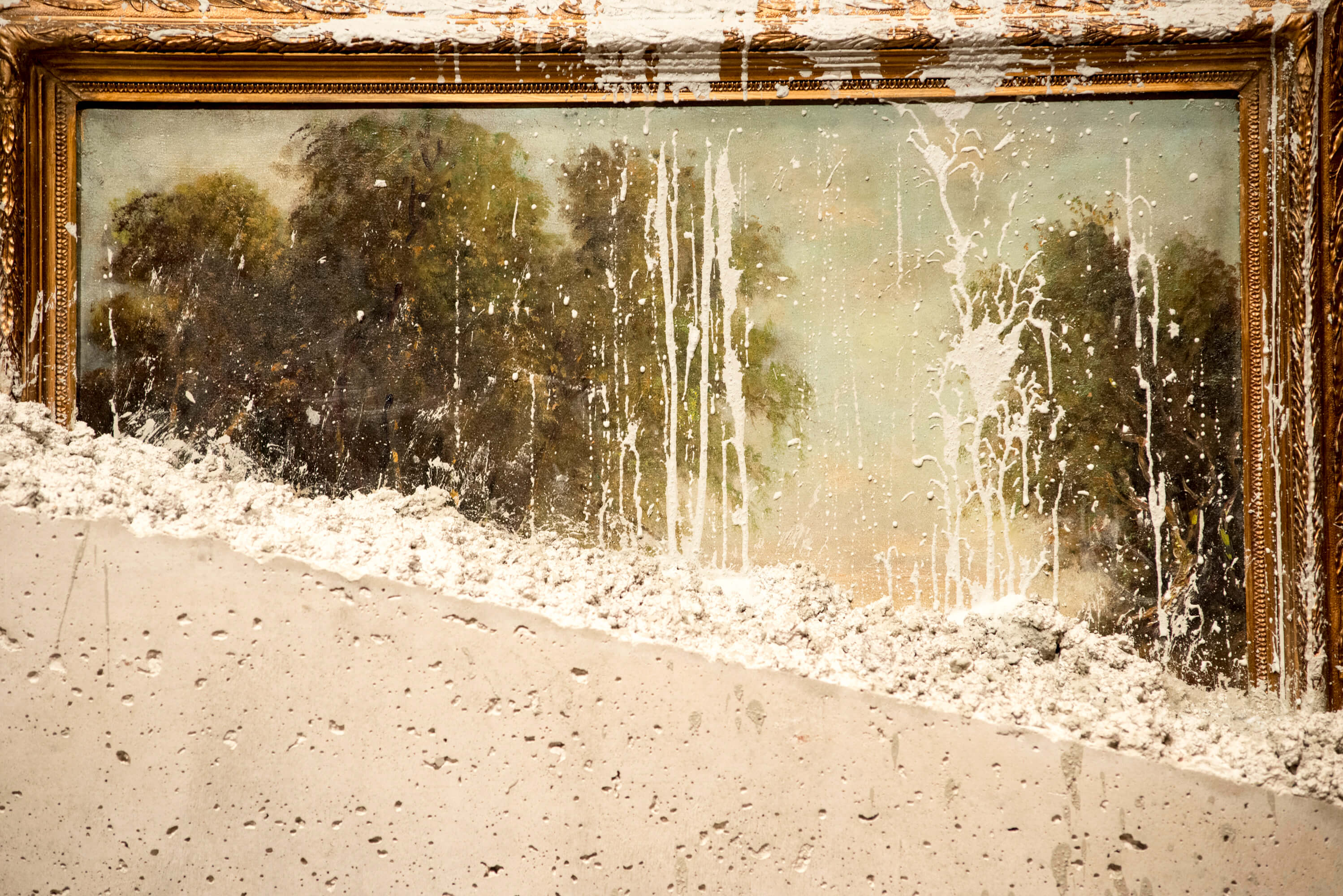
From the eighteenth to the early twentieth centuries, Romantic landscape paintings enjoyed great popularity. Depicting natural geographical features such as pastures, cliffs or waterfalls, such paintings were often intended to instill patriotism, cementing the national identities of emerging states or countries. After the advent of technologies of reproduction of the twentieth century, and cheap skilled labour, landscape and genre paintings became inexpensive to produce. Today, paintings of many styles by unknown makers of decades past are widely sold in flea markets or charity shops. Instead of being admired for their skillful artistry as they once were, they are often dismissed as throw-away or kitsch.
Alejandro Almanza Pereda’s Horror Vacui (2010–17) series appropriates existing Romantic-style landscape and genre paintings sourced by the artist from within Istanbul. In the series, each painting is hung on the wall, with a lump of concrete stuck onto it, partially obscuring the image, as though part of a wall is hanging on the painting and not vice versa. Liquid concrete is then splattered on the painting and surrounding wall. The resulting effect is of a petit bourgeois interior from the last century that has been accidentally damaged by processes of construction. The work is an allegory of the entropic forces that can ruin even as they build.
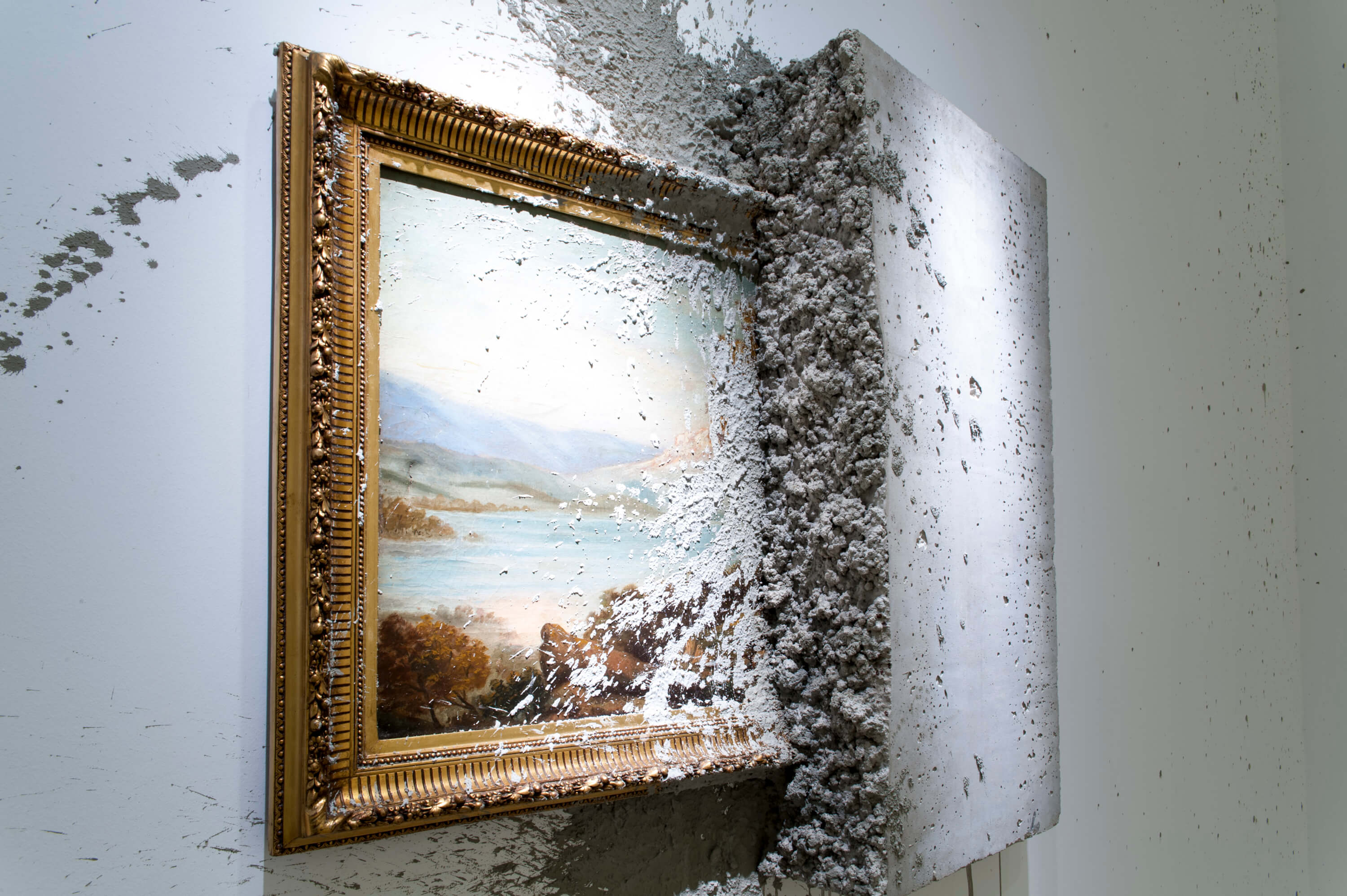
By contrasting these depictions of outdoor space with a building material such as concrete, Almanza Pereda calls attention to the space-filling processes of human construction. The series’ title, ‘horror vacui’ – ‘fear or dislike of empty spaces’ – refers to a traditional visual technique of filling a pictorial plane’s negative space with detail. The installation sets an idyllic view of nature against the corrosive and relentless process of humans shaping geography to their will. It also points to the covering up of history, the translation of values across time, and changes in taste, from the once-aspirational hand-crafted painting to the concrete that – although once employed for its inexpensiveness and ease of construction – is used today within contemporary, minimal ‘design’ interiors at a high cost. Perhaps this too will fade.
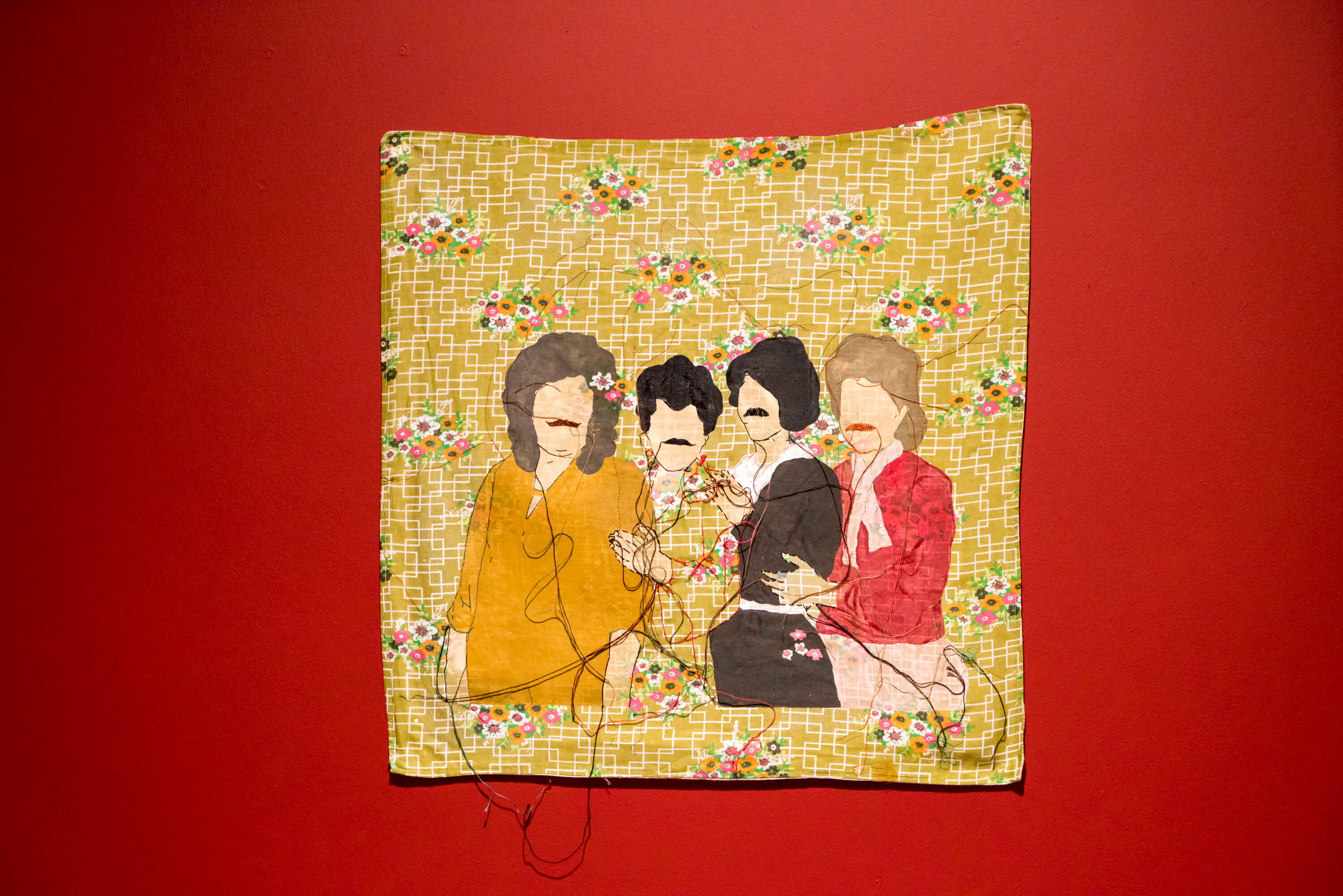
Pera Museum, in collaboration with Istanbul Foundation for Culture and Arts (İKSV), is one of the main venues for this year’s 15th Istanbul Biennial from 16 September to 12 November 2017. Through the biennial, we will be sharing detailed information about the artists and the artworks.
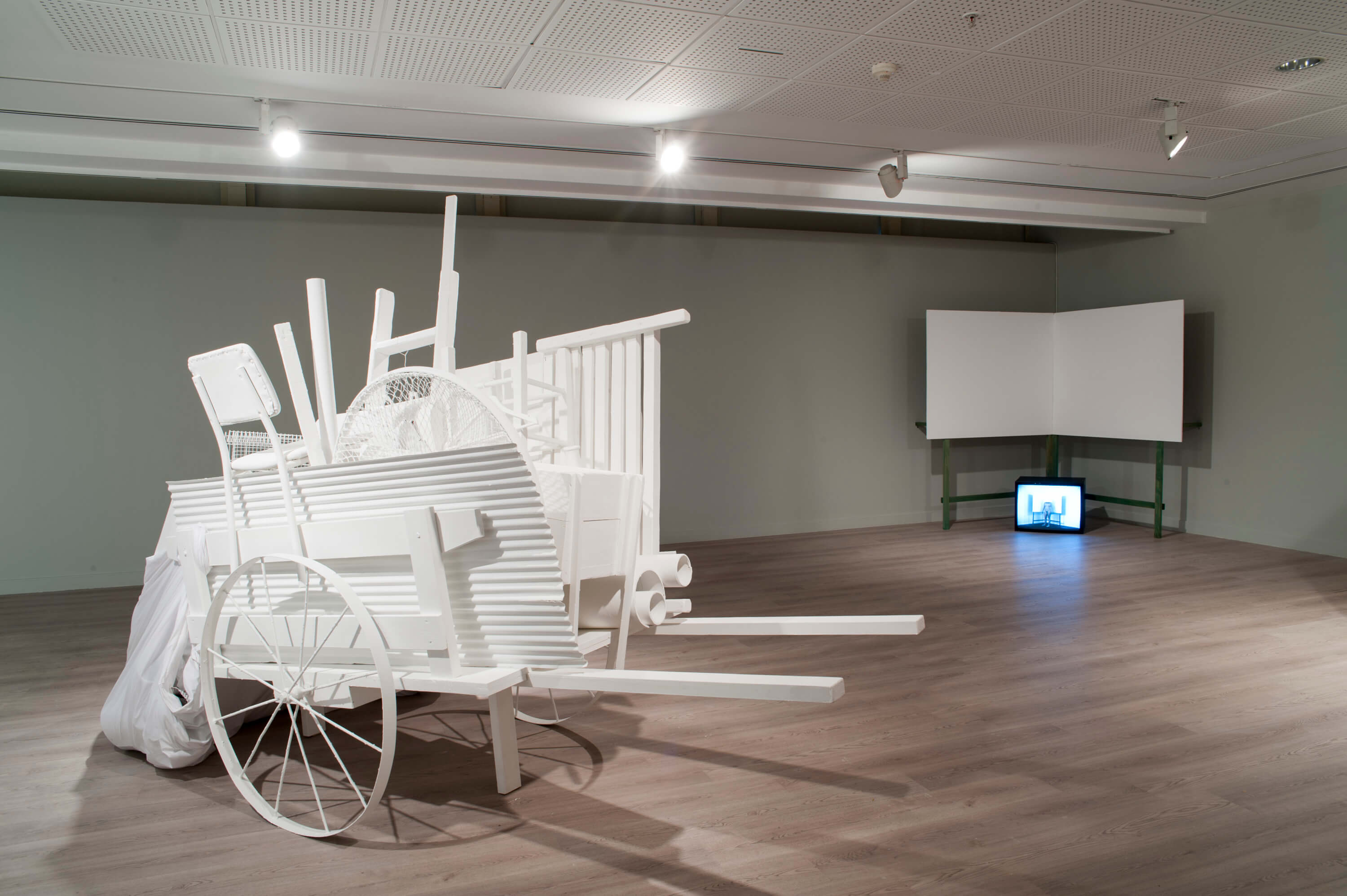
Pera Museum, in collaboration with Istanbul Foundation for Culture and Arts (İKSV), is one of the main venues for this year’s 15th Istanbul Biennial from 16 September to 12 November 2017. Through the biennial, we will be sharing detailed information about the artists and the artworks.
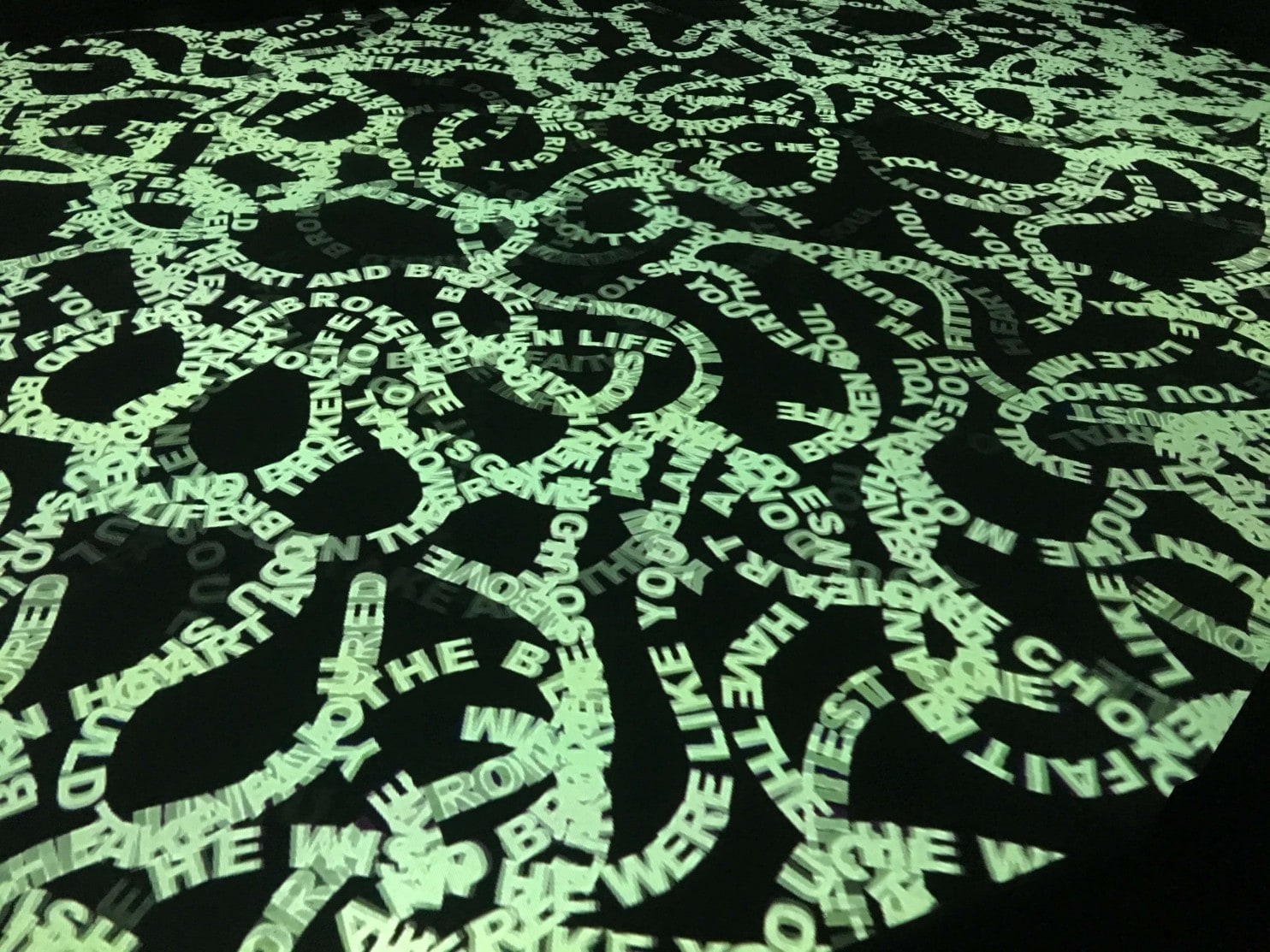
Pera Museum, in collaboration with Istanbul Foundation for Culture and Arts (İKSV), is one of the main venues for this year’s 15th Istanbul Biennial from 16 September to 12 November 2017. Through the biennial, we will be sharing detailed information about the artists and the artworks.
Tuesday - Saturday 10:00 - 19:00
Friday 10:00 - 22:00
Sunday 12:00 - 18:00
The museum is closed on Mondays.
On Wednesdays, the students can
visit the museum free of admission.
Full ticket: 300 TL
Discounted: 150 TL
Groups: 200 TL (minimum 10 people)